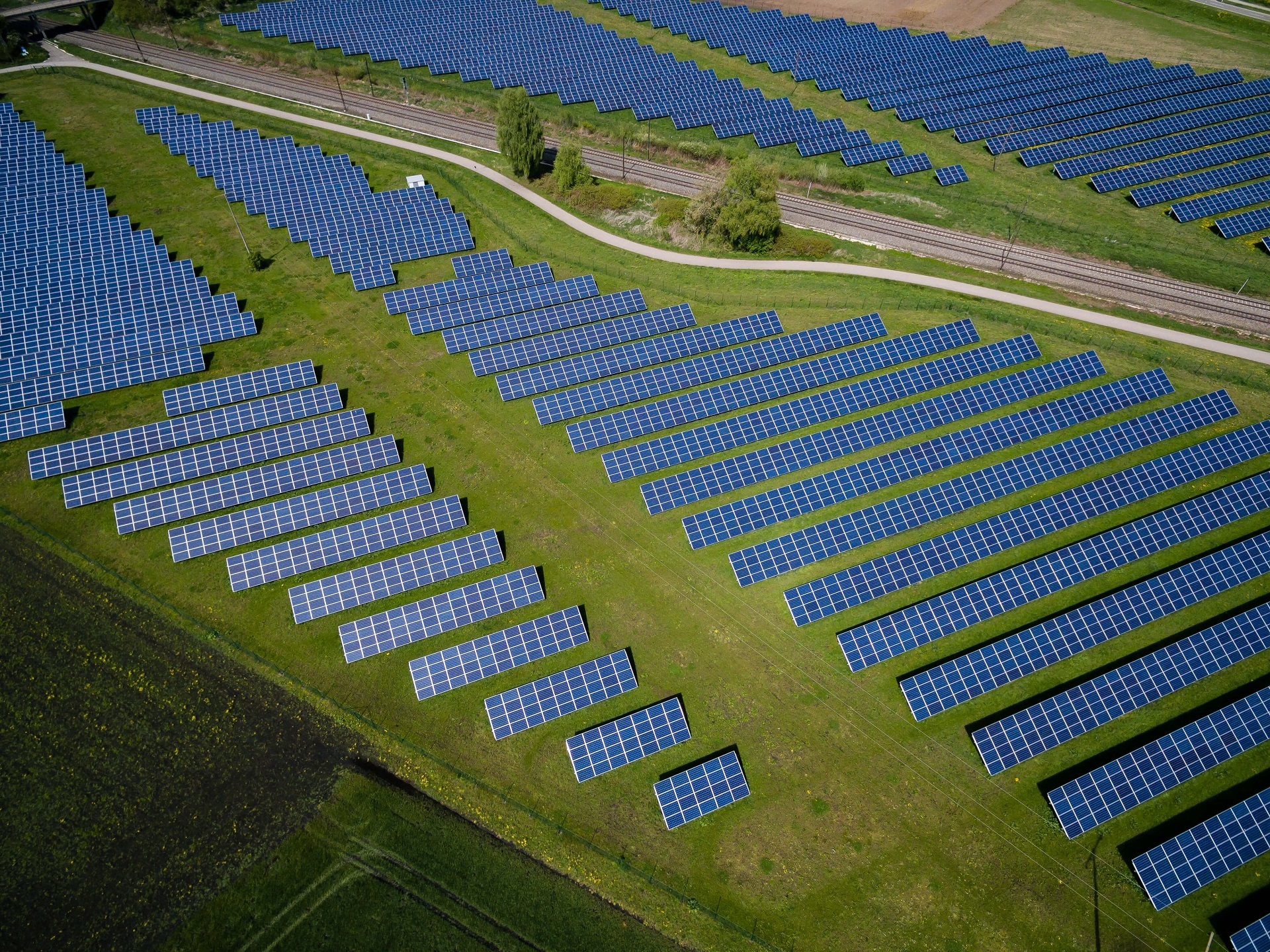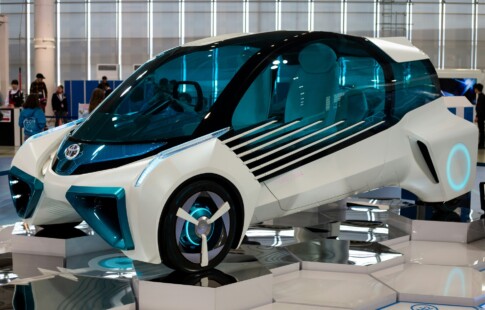
What Are Solar Panels Made Of?
We are reader-supported. When you buy through links on our site, we may earn affiliate commission.
Whether on rooftops or forming farms, solar panels are one of the most revolutionary technologies in the green energy revolution. Families are paying fair chunks of income and fighting HOAs to ground them on their houses, but do they know what they’re putting up there? What are solar panels made of?
Knowing how manufacturers construct solar panels reveals more nuances about the renewable energy conversation and supply chain process. Is assembling a solar panel as streamlined as their 21st-century appearance makes people perceive, or are there careful, complex structures behind lowering utility bills?
So, What Are Solar Panels Made Of?
Solar panels aren’t just one material, nor are they all made the same way. Construction and material usage can vary from provider to provider, and global influences sometimes make that even more inconsistent. Let’s start with the basics and look at what metals are in solar panels.
Photovoltaic (PV) cells make up solar panels and convert light to voltage. Converting electricity into power requires a semiconductor containing a p-type and n-type layer. Otherwise, the energy won’t serve a function. Often referred to as semis, they are the main ingredient of solar panel functionality because they send power to the metal materials that keep it flowing.
The central semi of almost every PV cell variant is silicon. Cells must have elemental durability that can contest provider-administered warranties, and silicon has the life to keep that promise. Even though it’s arguably the most crucial player in the cells, glass makes up the vast majority of materials in the panel — which makes sense, because its iridescent sheen is the trademark solar panel aesthetic.
Here are some of the other famous contributors:
- Aluminum for framing
- Lead to reduce bandgap
- Cadmium for stability
- Copper for heat distribution
How Do the Materials Make the Panel Work?
Solar panels are in layers to create the ideal magnetic field. One side provides a negative charge — and the other a positive. The top layer imbued with phosphorous bounces off the positive boron layer, communicating with the semiconductor to redirect electrical currents. The reaction can happen regardless of how thin the panel is.
Makers judge the effectiveness of solar panel materials based on how well the components absorb the light and return it to the receiver as energy, also called the material’s bandgap. How much potential power did it take from the sun’s rays, and did it waste any during the process? These questions guide production and design.
Are All Solar Panels Made the Same Way?
Despite most solar panels utilizing silicon, they use them in myriad capacities. Some panels don’t use silicon at all. Let’s look at the differences between solar panel makes, especially for prospective buyers attempting to understand the industry jargon.
Monocrystalline
The crystal structure forming the panel is a single entity. Because they aren’t as complex to produce, they’re cost-effective and efficient for buyers and manufacturers alike.
Polycrystalline
Sometimes, it makes more sense to source silicon from multiple sources, creating polycrystalline panels. Their added complexity made them less efficient than monocrystalline panels, but they’re quickly advancing to meet similar expectations.
Thin-Film
As the name suggests, these panels are so thin they’re the cheapest to mass-produce. Cadmium telluride (CdTe) or copper indium gallium diselenide (CIGS) are the semis used for these panels, making these materials some of the other most common ones in the market. Because thin film relies on different semis than others, it diversifies materials in the sector when there are sometimes shortages or delays in the supply chain. It gets more panels in the market but at a cost.
Their efficiency could be better because of their more labor-intensive composition, making them less durable to the elements compared to mono- and polycrystalline variants. Customers would wonder what benefit they serve with these drawbacks — sometimes, businesses need technology that’s flexible and conscious of space. Thin-film panels are malleable for these circumstances.
Perovskite
These panels are also under the thin-film umbrella but require a substrate to operate appropriately. Their purposes exceed residential or commercial and stretch to aerospace and military applications. They have the shortest lifespans of any solar panel variant.
These variants arrived in the first place because of a need to make panels less expensive, less reliant on singular materials, and more durable against nature so they could stay on surfaces subject to heavy wear.
How Much Pollution Does Making Solar Panels Create?
Do solar panels pollute the environment? Yes, the solar panel industry has a carbon footprint, and it’s more extensive because of the residual pollutants that leak out during manufacturing.
Though panels are recyclable and makers create them to clean up the planet from dirty fuels, toxic chemicals leak out into the environment at every stage in their lifecycle. The solar panel industry has its shortcomings. The materials produce toxins and improper disposal, alongside precarious manufacturing methods, release hazards and pollutants into the environment.
The materials for solar panels need refining, and refineries aren’t known for their positive environmental reputation. The metallurgical process can release:
- Carbon dioxide
- Arsenic
- Tetrachloride
- Sulfur dioxide
- Hydrofluoric acid
These enter waterways and soil, increasing urgency in organic solar panel production. It’s a growing industry, seeking ways to make healthier solar panels so homeowners can relish in them guilt-free.
The industry is currently researching less toxic alternatives that will make the sector less damaging to the planet. However, the most influential shift that needs to occur is better policing and standardization for the supply chain and manufacturing so the world’s panels are held to the same green standards that don’t release as many toxic pollutants.
The Inner Workings of Solar Panels
Solar panels are more complex than their simplistic design lets on. Complex chemical reactions allow them to reduce energy bills and create the clean energy that households crave. However, the industry still needs to streamline operations to solve supply chain issues and the adverse environmental impacts caused by raw material extraction and manufacturing. Governmental pushes to install more solar panels worldwide should expedite these necessary changes for a greener future.
Share on
Like what you read? Join other Environment.co readers!
Get the latest updates on our planet by subscribing to the Environment.co newsletter!
About the author
Maria Visser
Maria serves as the Assistant Editor of Environment.co. A true foodie and activist at heart, she loves covering topics ranging from veganism to off grid living.





